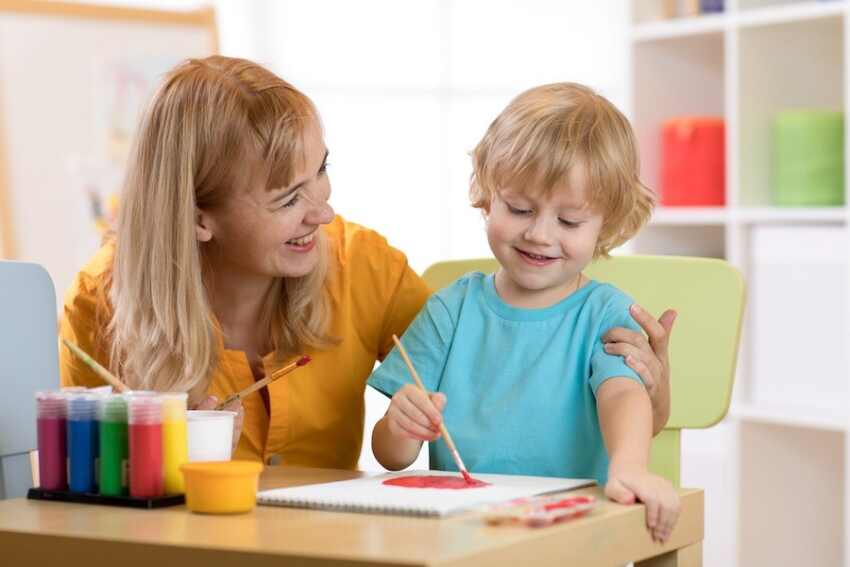The power of observation lies at the core of Montessori measurement activities for curious minds. By engaging children in hands-on experiences that require them to observe, compare, and measure objects, Montessori educators effectively cultivate their understanding of measurement and its practical applications
The Montessori method of education emphasizes the importance of hands-on learning and fostering curiosity in children. One area where this approach truly shines is in teaching measurement skills. By providing children with opportunities to observe, compare, and measure objects in their environment, Montessori educators help develop their understanding of measurement and its applications. In this article, we will explore some Montessori measurement activities that engage and stimulate the curious minds of children.
1. Measuring Length
One of the basic concepts of measurement is understanding length. Montessori classrooms often incorporate activities that involve measuring the length of various objects. For example, a child could use a ruler to measure the length of different leaves or sticks collected from outside. By comparing and recording these measurements, children develop their understanding of units of measurement and how to use measuring tools accurately.
2. Measuring Weight
Montessori measurement activities also include the exploration of weight. Children can be given the opportunity to use a balance scale to compare the weight of different objects. For instance, they could weigh fruits or small household objects and arrange them in order from lightest to heaviest. This activity not only helps develop measurement skills but also promotes critical thinking and problem-solving as children consider the relationship between weight and balance.
3. Measuring Volume
Measuring volume is another important skill that children can learn through Montessori activities. They can explore the concept of volume by pouring liquids into different containers of various shapes and sizes. By observing and comparing the amounts of liquid, children gain a greater understanding of measuring how much space an object can occupy. This hands-on experience fosters their ability to make accurate estimates and predictions based on their observations.
4. Measuring Time
Montessori classrooms often integrate activities that teach children how to measure time. By using tools such as sand timers or clocks, children can learn to observe the passing of time and measure durations. They can also engage in activities that involve measuring how long it takes to complete specific tasks. These experiences not only enhance their understanding of time but also promote time-management skills and the importance of planning.
5. Measuring Temperature
Understanding temperature is another aspect of measurement children can explore in a Montessori environment. They can use thermometers to measure and compare temperatures in different areas of the classroom or outside. Through these activities, children learn to observe and identify changes in temperature, make comparisons, and understand basic concepts of hot and cold.
The power of observation lies at the core of Montessori measurement activities for curious minds. By engaging children in hands-on experiences that require them to observe, compare, and measure objects, Montessori educators effectively cultivate their understanding of measurement and its practical applications. These activities not only develop important math skills but also foster critical thinking, problem-solving, and logical reasoning. By providing children with the tools and opportunities to explore the world around them, Montessori education sets a strong foundation for a lifetime of learning and curiosity.
Nidhin
For More Details Call: +917510220582
